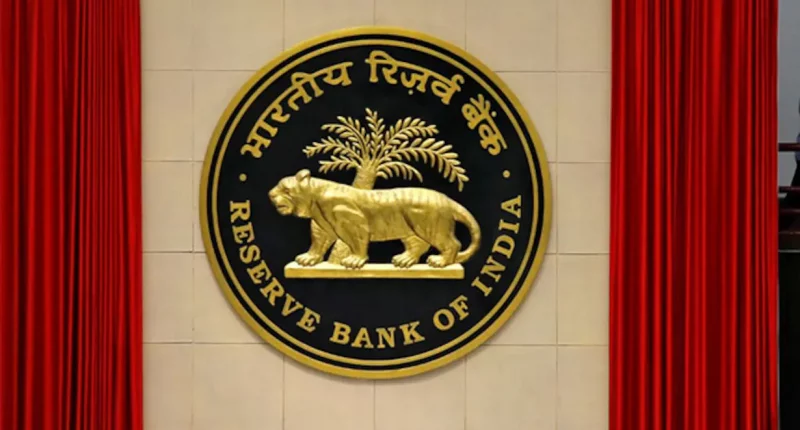The Reserve Bank of India (RBI) has raised risk weight by 25% on consumer credit exposure of commercial banks and Non-Banking Financial Companies (NBFCs) with effect from November 16, 2023. This way, the lending rates for borrowers are set to rise.
Risk weight relates to the capital that banks are required to set aside for every loan. Generally, consumer credit of commercial banks and NBFCs attracted a risk weight of 100% until now. This has subsequently been revised to 125%.
Last month, RBI Governor Shaktikanta Das, in the Monetary Policy, flagged the high growth in certain components of consumer credit and directed banks and NBFCs to tighten their internal surveillance mechanisms, address the build-up of risks, if any, and introduce specific safeguards, in their own interest.
The rise in the risk weights of consumer credit exposure of commercial banks (outstanding as well as new) includes personal loans. However, it excludes housing loans, education loans, vehicle loans, and loans secured by gold and gold jewellery, as per the RBI circular.
In the case of NBFCs, the rise in risk weight includes retail loans, excluding housing loans, educational loans, vehicle loans, loans against gold jewellery and microfinance or Self-Help Group (SHG) loans.
The apex bank also raised the risk weight of credit card receivables of Scheduled Commercial Banks (SCBs) and NBFCs by 25%. Previously, SCBs and NBFCs attracted a risk weight of 125% and 100^, respectively. Now, it will be raised to 150% for SCBs and 125% for NBFCs. In addition, it revised the risk weight on the exposures of SCBs to NBFCs by 25%.
The central bank stated that after the review, it has been decided to raise the risk weights on such exposures of SCBs by 25 percentage points (over and above the risk weight associated with the given external rating) in all cases where the extant risk weight as per external rating of NBFCs is lower than 100%.
For this purpose, loans to Housing Finance Companies (HFCs) and loans to NBFCs, which are eligible for classification as a priority sector in terms of the extant instructions, shall be excluded, as per the RBI circular.
The central bank stated that Registered Entities (REs) should review their extant sectoral exposure limits for consumer credit and introduce, if not already there, board-approved limits with regard to various sub-segments under consumer credit as may be considered mandatory by the Boards in their efforts to ensure prudent risk management.

Rajiv is an independent editorial consultant for the last decade. Prior to this, he worked as a full-time journalist associated with various prominent print media houses. In his spare time, he loves to paint on canvas.





